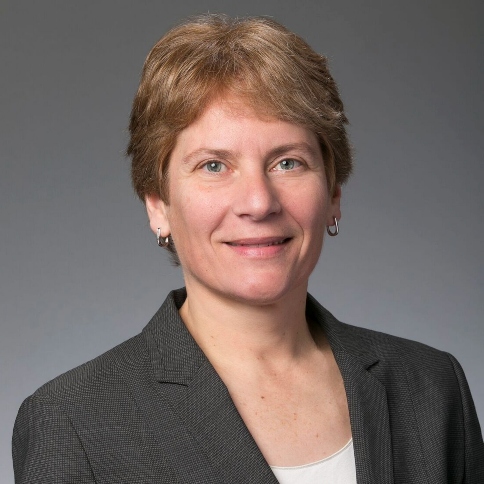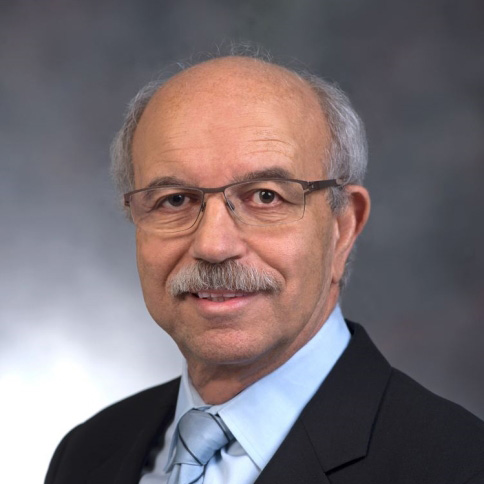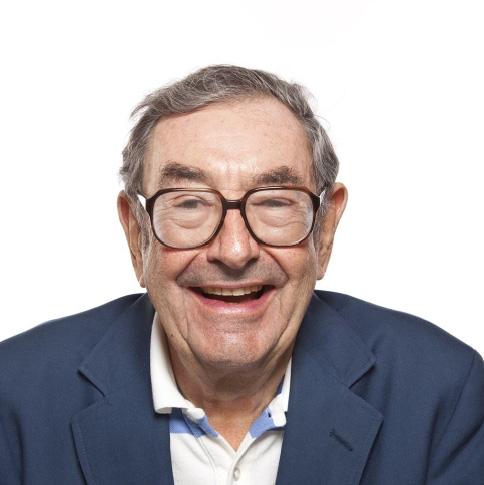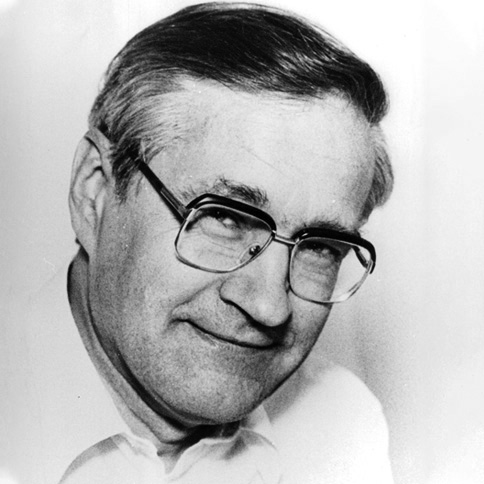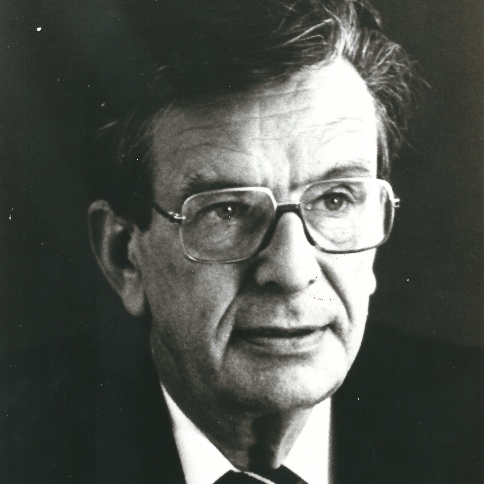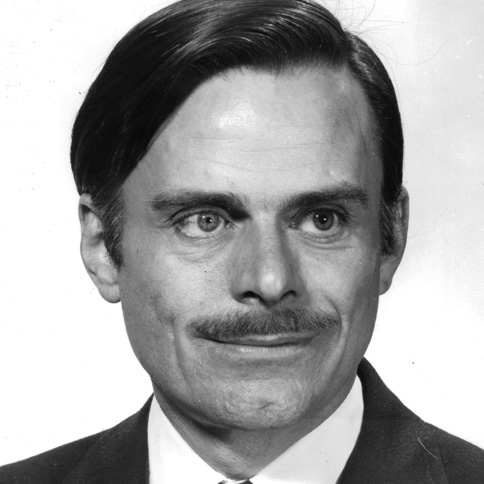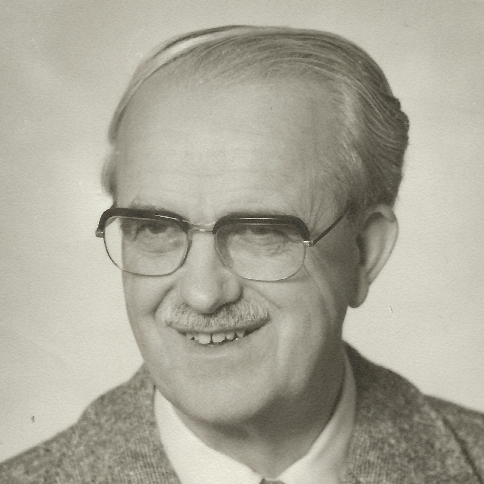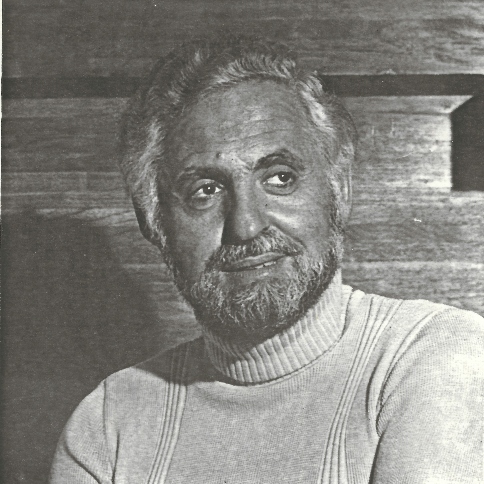
Rudolph A. Marcus
Wolf Prize Laureate in Chemistry 1985

Rudolph A. Marcus
Affiliation at the time of the award:
Noyes Laboratory of Chemical Physics, California Institute of Technology, USA
Award citation:
“for his contribution to chemical kinetics, especially the theories of unimolecular reactions and electron transfer reactions”.
Prize share:
None
Rudolph A. Marcus (born in 1923, Canada) fostered an early fascination with the sciences, displaying a strong aptitude for mathematics during his education at Baron Byng High School. His academic journey continued at McGill University under the tutelage of Carl A. Winkler. At McGill, Marcus diverged from the conventional path of a chemistry student, delving extensively into mathematics courses, a decision that would later underpin his formulation of the theory on electron transfer. His academic pursuits culminated in the attainment of a B.Sc. in 1943 and a Ph.D. in 1946, both from McGill University.
Following his graduation, Marcus commenced his professional career in 1946, initially working at the National Research Council (Canada), subsequently advancing to positions at the University of North Carolina and the Polytechnic Institute of Brooklyn. It was during his tenure at the University of North Carolina in 1952 that he innovatively developed the Rice–Ramsperger–Kassel–Marcus theory by amalgamating RRK theory with transition state theory. In 1964, Marcus transitioned to a teaching role at the University of Illinois, furthering his academic contributions.
Professor Rudolph A. Marcus has made many important contributions to a wide range of fields in theoretical chemical kinetics. His work has been fundamental and stimulating and has set the tone for all of the modern work in this field, starting with his initial work on RRKM theory in 1951 and continuing through his present work on semi-classical dynamics and chaos. Some of these theories are currently referred to as the Marcus theory. Many fields of chemistry have been greatly influenced by his work.
His theory of unimolecular reactions unified earlier ideas on the reactions of vibrationally excited molecules, based them on statistical notions, and related them to molecular properties. The so-called RRKM theory has become a standard textbook theory, and enjoyed many recent applications.
Marcus theory of electron-transfer reactions in solution has also become a standard theory. It is based on the recognition of the changes undergone by reactant and solvent molecules during the transfer of electrons. Quantitative relations derived by Marcus have been widely tested and are widely used by chemists. He has also extended his theory to electron transfer on electrodes, and to proton transfer in solution.
Other important contributions to theoretical chemistry include the semi classical theory of molecular collisions (in parallel with Professor W. H. Miller), the introduction of the concept of collision coordinates, and the semi-classical theory of quantization of bound states.









